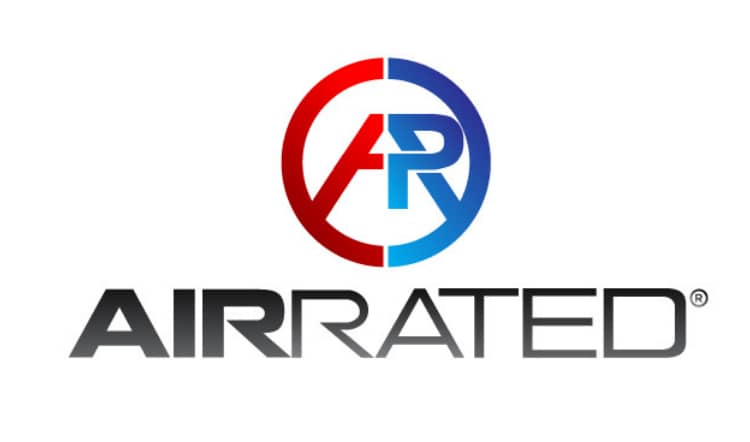What is an IQP?
An Independent Qualified Person (IQP) is registered and authorised by territorial authorities to complete the testing, maintenance and in some cases repair of specified systems within buildings. A Compliance Schedule is generated by the territorial authority, which stipulates the specified systems within buildings. It is those specified systems which require ongoing testing & inspections to ensure the systems are maintained and meet the performance standards set out within the compliance schedule. This ensures the building is safe for public use.
A Form 12 or Building Warrant of Fitness (BWoF) is issued to the building owner by the territorial authorities once all certificates of compliance (Form 12A) have been issued to the council by the building owner (or the owners appointed client). The number of Form 12A's required to be obtained will be dependant on the number of specified systems in the building.
Building owners are required to engage IQP's who undertake the inspection, maintenance and reporting procedures listed on the compliance schedule and issue the Form 12A's. The IQP works independently for the client or building owner and has no financial interest in the building.
What IQP tests and inspections does AirRated provide ?
SS5 Escape Route Pressurisation Systems form part of a building's compliance schedule for keeping the BWoF up to date. An IQP will complete an inspection and then issue a Certificate of Compliance for the BWoF. Ongoing inspection and maintenance should be carried out by an Independent Qualified Person (IQP).
Smoke inhalation is one of the biggest dangers to building inhabitants when a fire breaks out. Escape Route Pressurisation Systems are designed to ensure that during a fire the escape routes such as stairwells are kept free of smoke. This allows safe egress for occupants, also allows access for firefighters to enter the building and control the fire.
The task of pressurising escape routes can be complex in nature due to the constant opening and closing of doors. Each time the doors open to the escape route there will be a loss of pressure which could result in smoke filling the escape routes. It takes careful balancing between occupied rooms and corridors/stairwell to ensure that the escape route is pressurised enough to keep smoke out, yet not over pressurised resulting in 'stuck' or difficult to open doors.
During the inspection, the IQP will test and inspect the corridor and stairwell pressurisation systems to ensure the ventilation systems meet the performance criteria set out in the compliance schedule.
SS9 Mechanical Ventilation or Air Conditioning Systems form part of a building's compliance schedule for keeping the BWoF up to date. An IQP will complete an inspection and then issue a Certificate of Compliance for the BWoF. Ongoing inspection and maintenance should be carried out by an Independent Qualified Person (IQP). SS9 systems are tested for performance and to ensure that all safety features are operating to standard.
Examples of mechanical ventilation or air conditioning systems to be incorporated in a compliance schedule include, but are not limited to:
SS11 Laboratory Fume Cupboards require ongoing testing and inspection to ensure that the systems are performing and operating to safety standards. SS11 inspection and testing is part of a building's compliance schedule for keeping the BWOF up to date. An IQP will complete an inspection and then issue a Certificate of Compliance for the BWoF. Ongoing inspection and maintenance should be carried out by an Independent Qualified Person (IQP).
Testing must be done as part of the BWoF compliance schedule when a laboratory fume cupboard uses a ducted extraction system through the building. Essentially this means that fumes from the laboratory are extracted safely, minimising the exposure to potentially toxic or hazardous fumes.
SS13.1 Mechanical Smoke Control Systems are part of a building's compliance schedule for keeping the BWOF up to date.
Mechanical Smoke Control Systems are designed to discharge and/or control smoke from a building mechanically in the circumstances of a fire. Ongoing inspection and maintenance should be carried out by an IQP.
This inspection is called an SS13.1 and covers both smoke control and smoke exhaust systems where they are dedicated purely to smoke control & discharge to atmosphere during a fire.
Book an IQP inspection now
Ready to get started? AirRated® are Independent Qualified Persons (IQP) specialising in specified systems SS5, SS9, SS11 & SS13.1


